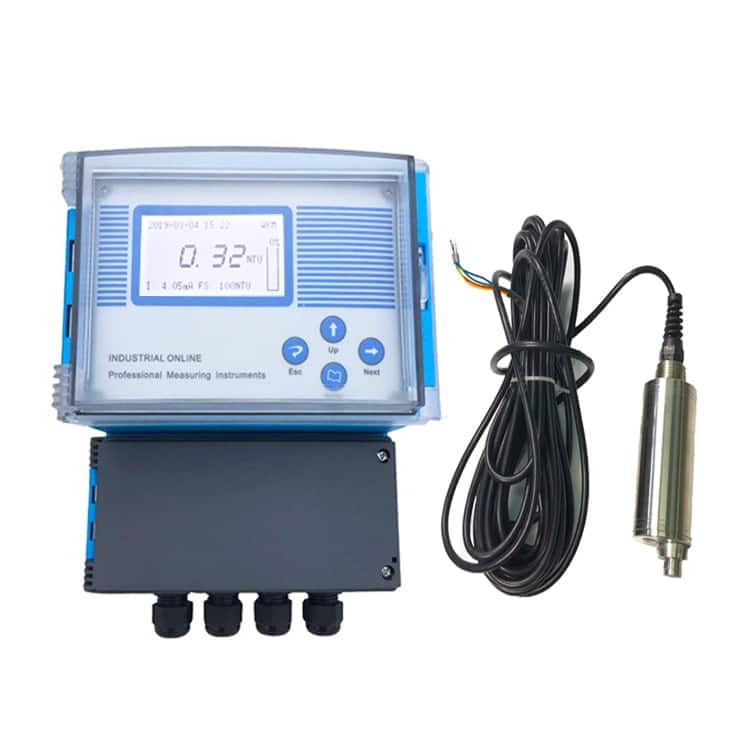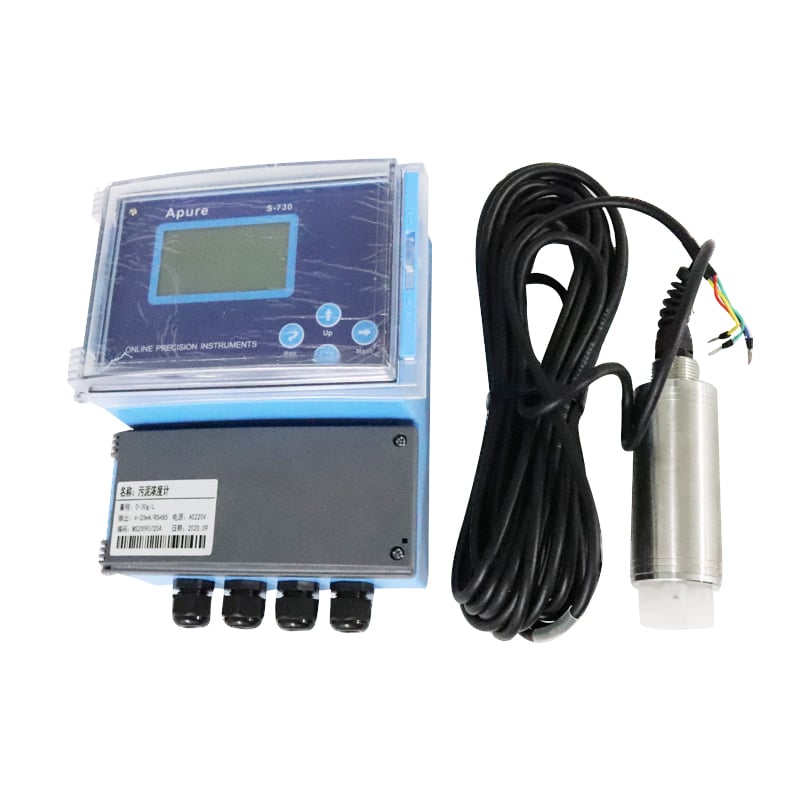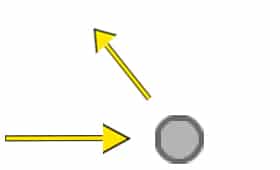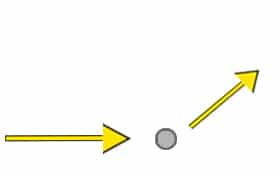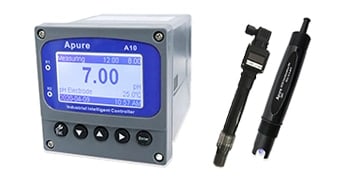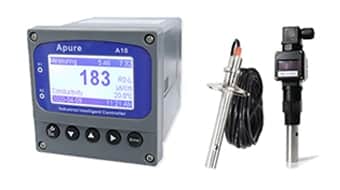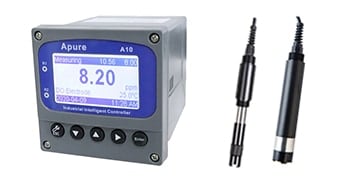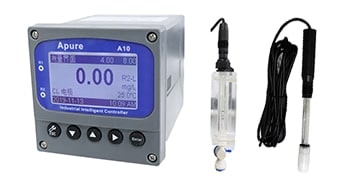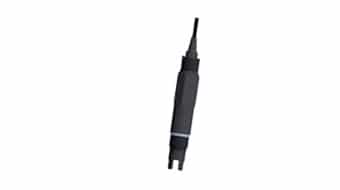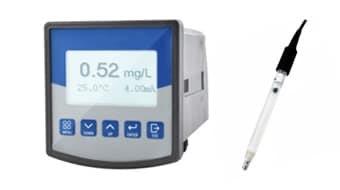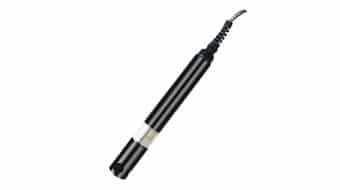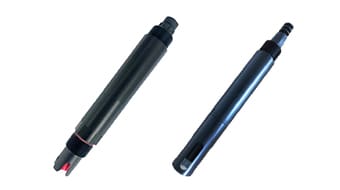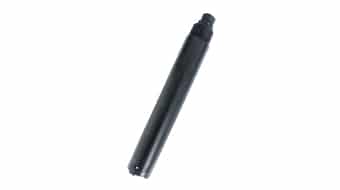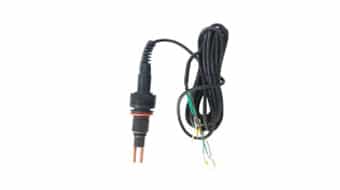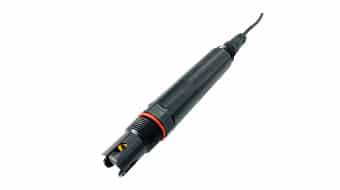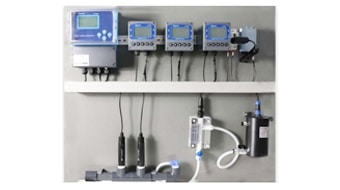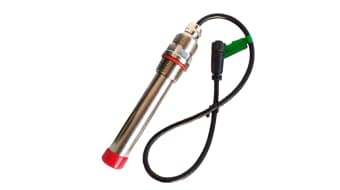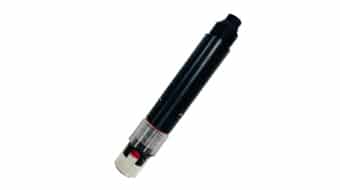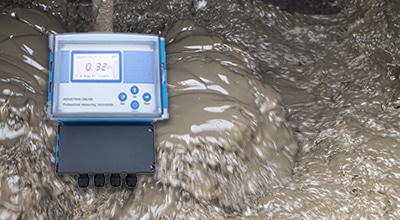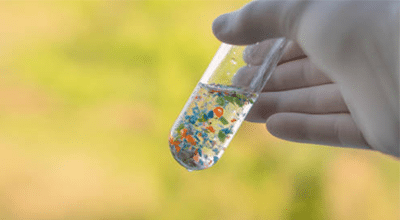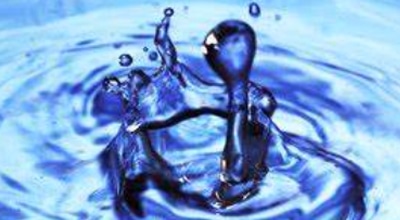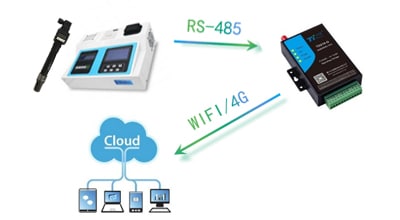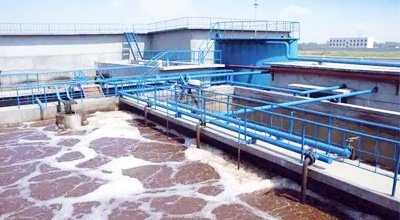Turbidity Meter & Sensor
Turbidity meters are water quality meters that measure the amount of suspended solid particles in water. They give readings as numeric values in nephelometric turbidity units (NTU) or formazin turbidity units (FTU) that indicate how turbid (cloudy) water is. The higher the number, the greater the turbidity. And the dry-weight of suspended materials is indicated by total suspended solids (TSS).
Although turbidity analyzers was developed for controlling and monitoring drinking water, a turbidity measurement is also required in wastewater plant more and more to achieve sustainable society.
Apure brand turbidimeters supplying safety water and saving water pollution around the world. You can find the best solution thanks to excellent technologies proven by experiences.
What is a turbidity meter & How does a turbidity meter work?
Turbidity, that is, the degree of turbidity of water, by the water contains a trace of insoluble suspended substances, colloidal substances caused by the ISO standard used to measure the unit of FTU (turbidity units) and NTU (turbidity measurement units) consistent. Turbidity meter is based on this principle to measure the turbidity of water.
A turbidimeter is a device for measuring the turbidity of water. There are scattered light type, transmitted light type and transmitted scattered light type, which are collectively called optical turbidity meters. It measures the loss of beam intensity when the light beam passes through a liquid containing suspended particles. Ideally, for water samples, the suspended particles should allow the incident light to scatter at an angle of 90 degrees to the light source, however, the angle of the light varies depending on the size of the particles. The smaller the scattering angle, the larger the particles and therefore the higher the turbidity of the water sample. Providing calculated losses directly related to light particle scattering and absorption.
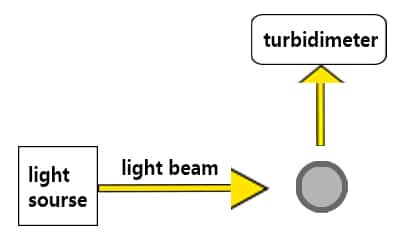
Larger particle scatter at smaller angle Ideal 90° scatter Smaller particle scatter at larger angle
The tool is available in desktop or portable styles. Featuring advanced features, the device offers a high degree of ease of use while using as well as reproducible results. The turbidimeter transmits the collected data to other systems for further examination. Optical turbidity meters are available for laboratory use as well as for use in the field for automated continuous measurements.

